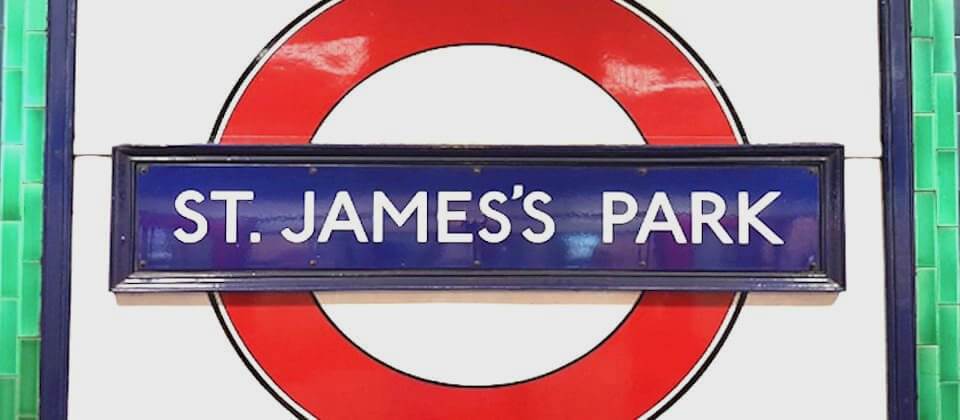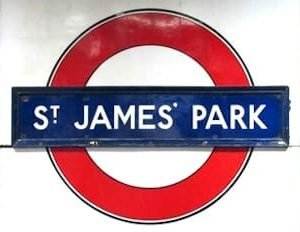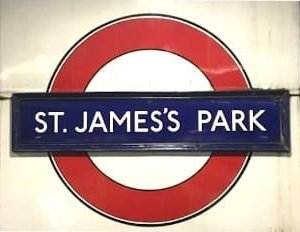Using Correct Punctuation

Punctuation is using small marks such as full stops and commas to our writing make sense. Using correct punctuation in English is not difficult, but it is important to get it right to convey the correct message.
Take these examples – they have very different meanings with only a slight change in punctuation:
Let’s eat Dad.
Let’s eat, Dad.
As you can see, without correct punctuation it can go horribly wrong very quickly!
Punctuation marks help us make tenses, signal abbreviations, distinguish between ideas, clarify meaning, create pauses, transition through topics, and much more. Using correct punctuation can ensure we do these correctly, and that there is no confusion or mis-communication.
Below you’ll find all the basics for using correct punctuation for all the different commonly used punctuation marks.
The 10 main punctuation marks are:
full stop (.)
exclamation mark (!)
question mark (?)
comma (,)
colon (:)
semi-colon (;)
speech marks (” ” and ‘ ‘)
apostrophe (‘)
hyphen (-)
dash (-)
FULL STOP (.)
at the end of a sentence
a full stop indicates that the thought or argument of the sentence has come to an end
The window was dirty. I decided to clean it.
with abbreviations and acronyms
When the abbreviation contains the first few letters of a word, then a full stop is used:
Ltd. (limited company)
est. (established in year)
St. (Saint or Street)
For acronyms, the broad convention is that those written with capital letters do not need full stops, while those formed from lower case letters use full stops.This is not a hard rule and so you may see all of the following variations commonly used:
U.K. and UK
Dr. Jones and Dr Jones
a.m. and am. (ante meridian – before midday)
If the acronym or abbreviation comes at the end of a sentence, two full stops are not used.
I was watching the BBC. not I was watching the B.B.C..
in ellipsis (…)
An ellipsis is three dots which appear after some text, and indicates that one or more words have been omitted
He began reciting the Lord’s prayer, “Our Father who art in heaven… “
EXCLAMATION MARK (!)
at the end of a sentence or interjection
an exclamation mark expresses an exaggerated emotion such as surprise, alarm, happiness
I’m getting married!
No!
for humour
Exclamation marks may be used for sarcasm or in combination with a question mark to express disbelief, although these are very informal structures
Well that went well! (when it obviously hadn’t)
It cost how much?!
QUESTION MARK (?)
at the end of a sentence that asks a question
Are you ready to go?
Whose is this jacket?
It’s cold, isn’t it?
A question mark may be used together with an exclamation mark to express disbelief
It cost how much?!
She said what?!
COMMA (,)
to separate a series of nouns
Whilst visiting London we saw Buckingham Palace, Westminster Abbey, the Houses of Parliament, Covent Garden and Oxford Street.
to separate a series of adjectives
He was clever, rich, successful and handsome.
to separate clauses
Although I liked her performance, she was not the best actress in the show.
to add additional details and comments
Commas are placed immediately before and after a segment of text so that if that section of text was to be removed, the sentence would still make sense and be grammatically correct – compare each pair of sentences:
Simon, the gardener, always ate his lunch under the apple tree.
Simon always ate his lunch under the apple tree.
Her father, who was born in 1951 in Panama, is a world famous opera singer.
Her father is a world famous opera singer.
with participle phrases
Having eaten his lunch, he lay in the hammock and fell asleep.
in tag questions
She danced well, didn’t she?
COLON (:)
to indicate and introduce a list of points
For the weekend school trip, please ensure your child brings: a change of clothes, night wear, toothbrush, toothpaste, soap, a towel.
used to separate two independent clauses when the second explains the first (like the semi-colon)
I didn’t go on holiday this year: I was too busy at work.
when writing times
12:42p.m.
SEMI-COLON (;)
used between two independent clauses when the second clause explains or adds additional detail to the first clause
Her hair was so beautiful; it was golden colored and flowed down her back to her waist.
SPEECH MARKS (“ ” and ‘ ‘ )
Speech marks, also called quotation marks, go around the words someone spoke:
She stood up cleared her throat and said, “I did it.”
‘I know Sheffield well, I went to university there,’ said Jack
Notice that opening speech marks look like the filled in number 6, and closing speech marks look like the filled in number 9.
Single (‘ ‘) or double (“ “) quotation marks can be used. Use the same type for both the opening and closing speech marks in any one quote. Be consistent and use the same type of quote marks throughout any one piece of writing.
If a there a quote within another quote, both the single and double speech marks are used to differentiate the two speakers –
“I spoke to Tim yesterday and he said, ‘I’ll be back tomorrow’, but he has not been in yet,“ said Susan.
See more in Direct and Indirect Speech
APOSTROPHE ( ‘ )
Apostrophes seem to cause the most confusion. There are two uses:
to indicate a contraction and for missing letter(s)
When a word is contracted and letters are missing, an apostrophe stands in place of the missing letters.
This is commonly seen with auxiliary verbs and with the word not, for example –
I am going – I’m going
you are not allowed – you’re not allowed
Do not shout – Don’t shout
This also applies with proper nouns:
Sarah’s going on holiday – Sarah is going on holiday
More on contracted verbs
An apostrophe can also stand in place of missing numbers, especially with years:
She was born in the ’60s – meaning 1960s
to indicate possession
Apostrophes are used to show possession.
For words that don’t end in an -s, we add an apostrophe and an –s to the possessor:
Mike’s car
The cat’s tail
The children’s shoes
If the noun ends in an -s, this is where it starts getting trickier.
There’s a fair amount of debate about the correct form. Here are 4 variants.
i. some people maintain that:
– for singular nouns an apostrophe and an additional –s is required
– for plural nouns, only an apostrophe is needed
class’s – singular – belonging to the class
classes’ – plural – belonging to the classes
boss’s – singular – belonging to the boss
bosses’ – plural – belonging to the bosses
ii. some people maintain that:
regardless if singular, plural or proper noun, either of these is equally acceptable:
– adding an apostrophe only
– adding an apostrophe and an additional -s
and so all these examples are equivalent and correct:
the bus’ windscreen (singlar)
the bus’s windscreen (singlar)
the busses’ windscreens (plural)
the busses’s windscreens (plural)
James’ car
James’s car
Interestingly when the London Underground station St James’s Park was first opened in 1869, it was written St. James’ Park. It is not until the 1950’s that signs started appearing as it is today – St James’s Park. One sign with the original spelling still remains at the end of the Eastbound platform.


iii. some maintain that:
if the proper noun appears in the Bible, then it takes only an apostrophe, otherwise a name takes an apostrophe and additional -s:
Jesus’ house (in the Bible)
Charles’s house (not in the Bible)
iv. some maintain that:
if the second –s is not pronounced then it should not be included
Thomas’s book
Socrates’ book
No wonder there’s so much confusion!
I personally prefer just adding an apostrophe without the additional -s, for example, bosses’s looks just wrong to me and I have almost never seen it used.
Whichever form you decide to use, keep it consistent within any one piece of writing
HYPHEN (-)
A hyphen is a small line similar to a dash (see below). Hyphens are used
to join two or more words together
anti-war
up-to-date
e-book
when there are two vowels together
de-ice
co-ordinate
to differentiate between identical words
re-cover (to cover again, versus recover – to get better after an illness)
with numbers
from twenty-one to ninety-nine
in fractions, for example one-third
DASH ( – )
Dashes are almost identical to hyphens in appearance. The difference is that there is no space between a hyphen and the letters either side of it, whereas there is a space either side of a dash. A dash is used to add a qualifying statement or comment to a sentence (in more formal writing these might be put in parenthesis).
I thought the dog had stolen the sandwich – he hadn’t.
Following these simple rules you’ll see that using correct punctuation really is not that difficult. The more you read too, the more you’ll organically pick up correct punctuation use.